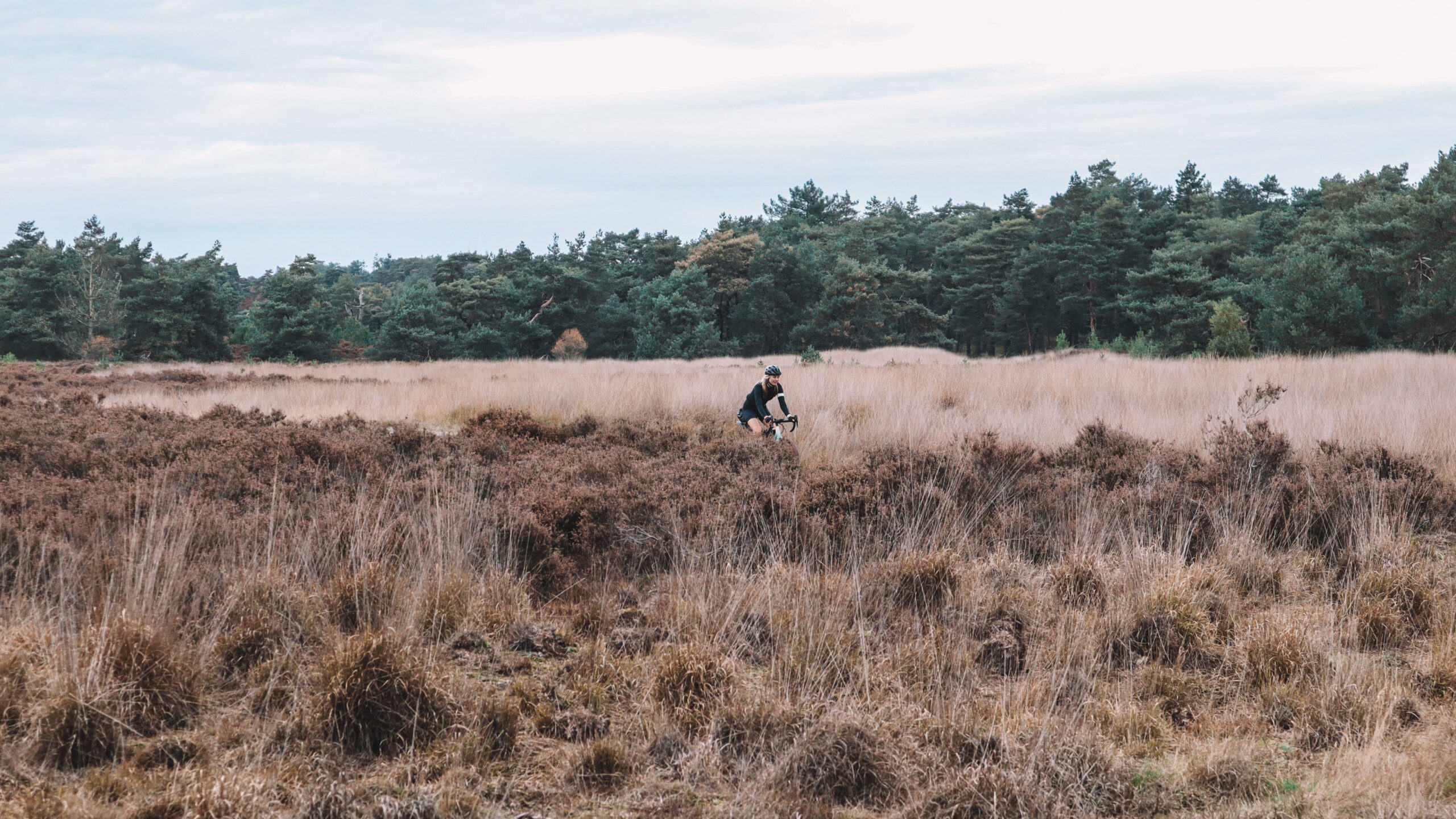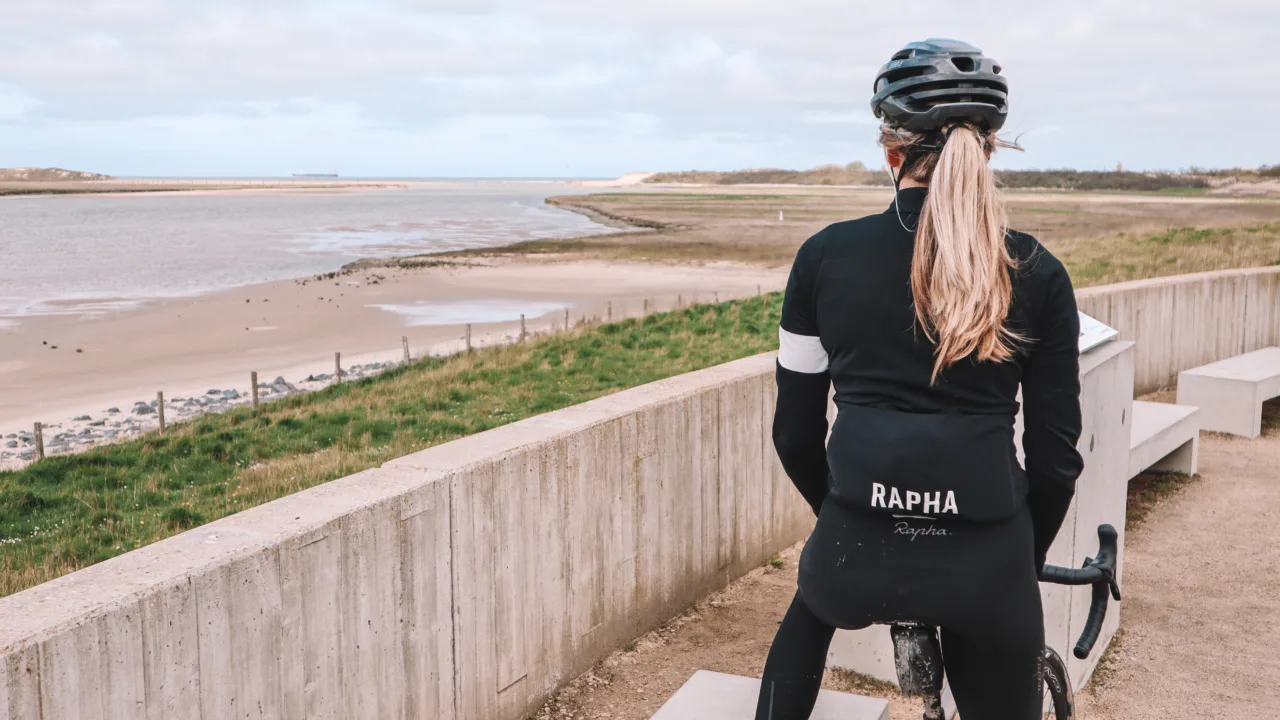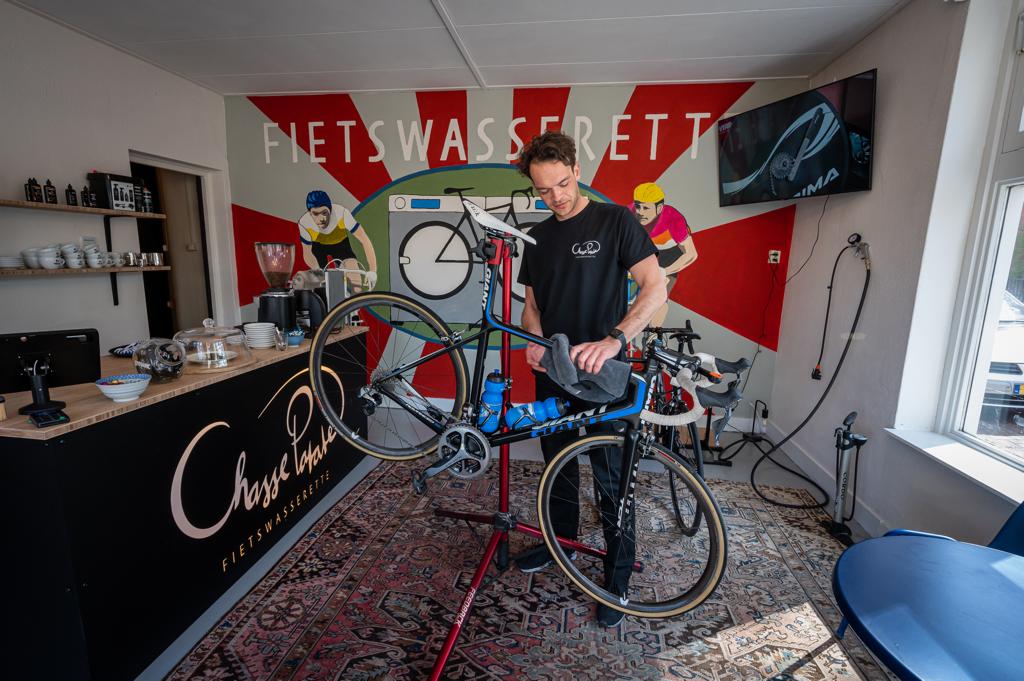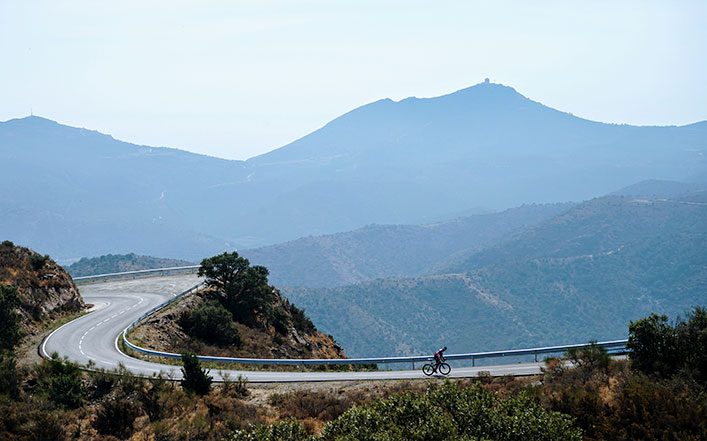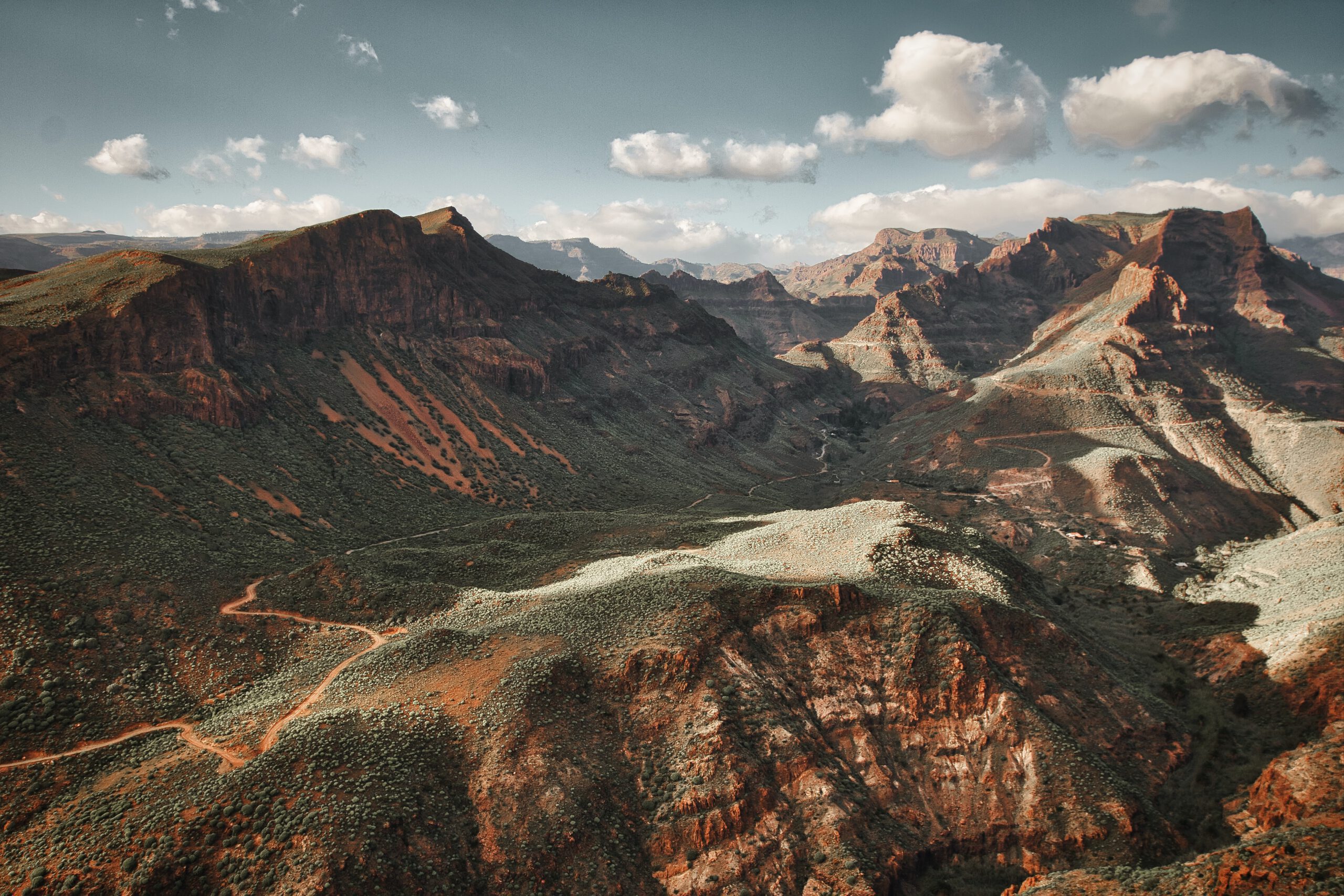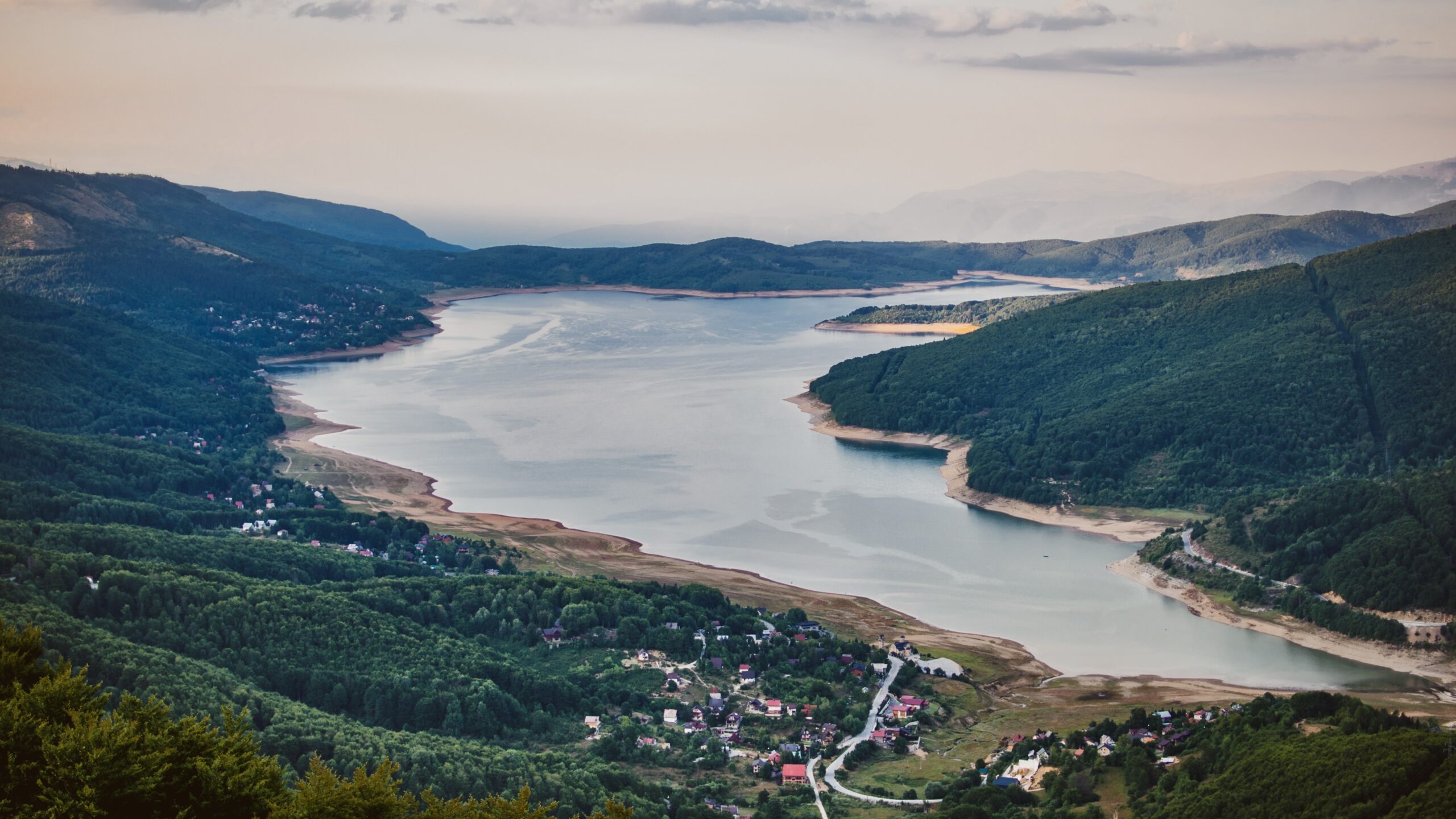Pfoe, Madrid is the 4th largest city in Europe, with more than 3 million people living in the city, in the metropolis even more than 6 million. So why go cycling there? Simply because it is still possible to seek peace and quiet. My brother-in-law and sister-in-law have been living here for almost 3 years, and it was finally here. I always feel guilty when I schedule a day of cycling, but the family has absolutely no problem with it (my wife never does anyway, darling).
Departure west of Madrid
I start west of Madrid (about 20 minutes from the city centre). The wishes are clear: nice lot of climbing, one lap (no back-and-forth), and no unpaved roads. Perfectly fitting into my goal of cycling the Giro, one day ahead of the pros, starting on Thursday 8 May in Tirana, Albania. With Komoot, I quickly found a round with filtering, which also allows me to have a cup of coffee and some goodies with the family in El Escorial along the way.
Read about Kees' adventure at the Giro:
- Kees in the Giro: on to stage 3 in Albania
- Giro d'Italia 2025 - Un giorno prima: The first week full of heroism, rain and gravel
- Kees in the Giro d'Italia - week 2
- Kees out for the Giro d'Italia - Week 3
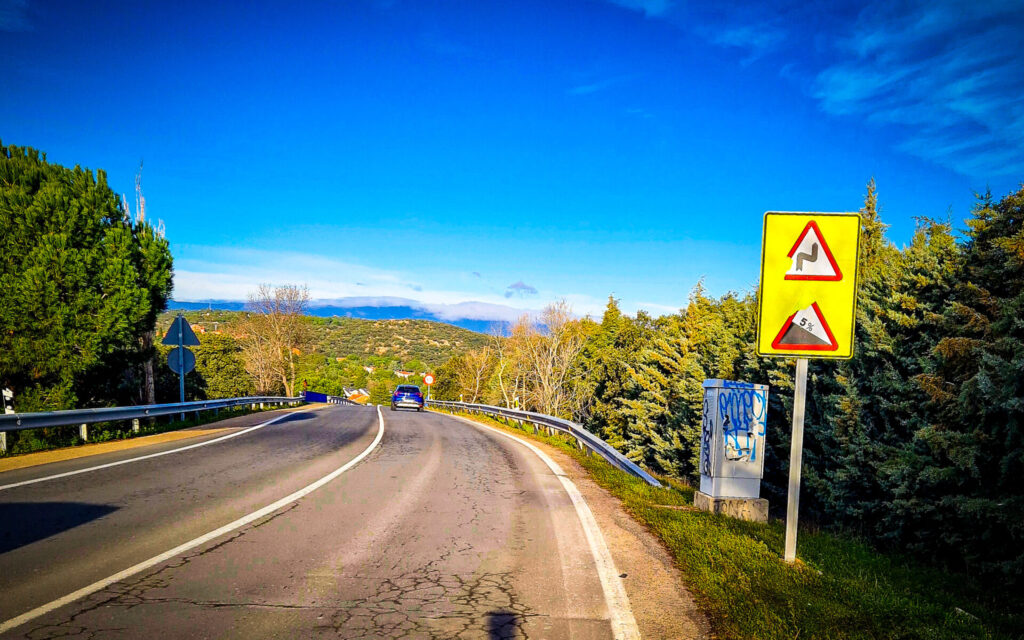
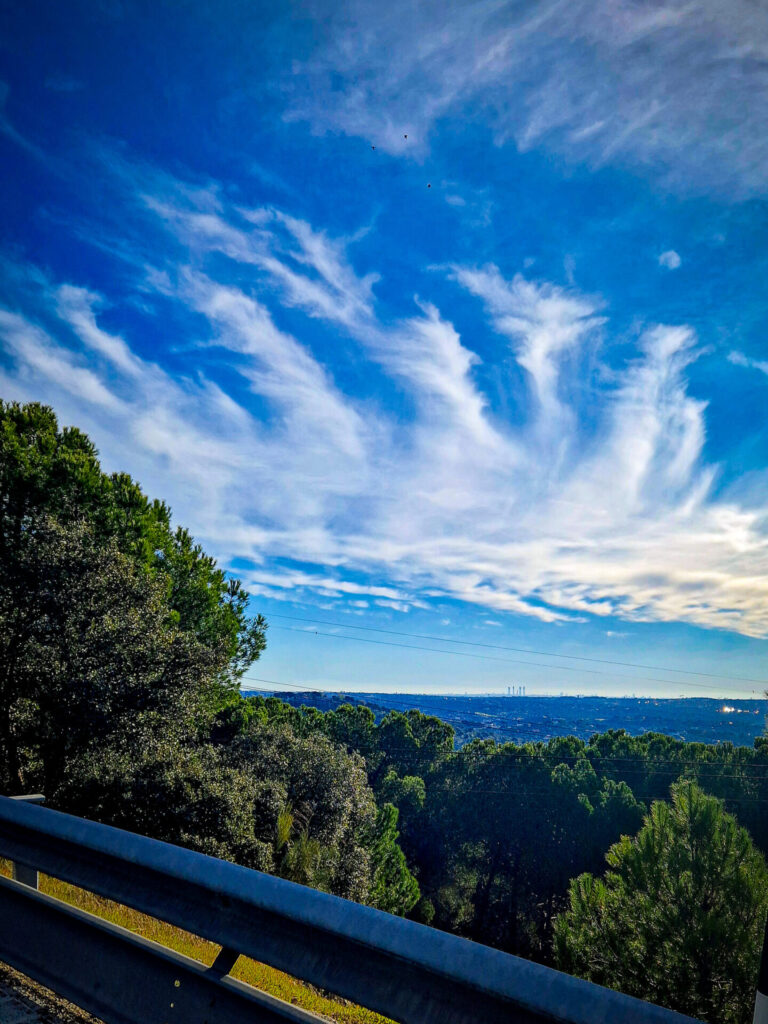
Despite the sometimes heavy traffic, I never feel unsafe, courtesy of the requirement for cars to pass me at least 1.5 metres apart.
Reservoirs region
Spain is home to around 350 reservoirs that store a total of 56,136 cubic hectometres of water. Many of these reservoirs were built during the years of the Franco dictatorship, during which entire villages (there is talk of 500) were evacuated and cleared (often by force) to create enough space for water management. However, reservoirs are still being built with 17 new projects planned until the year 2033.
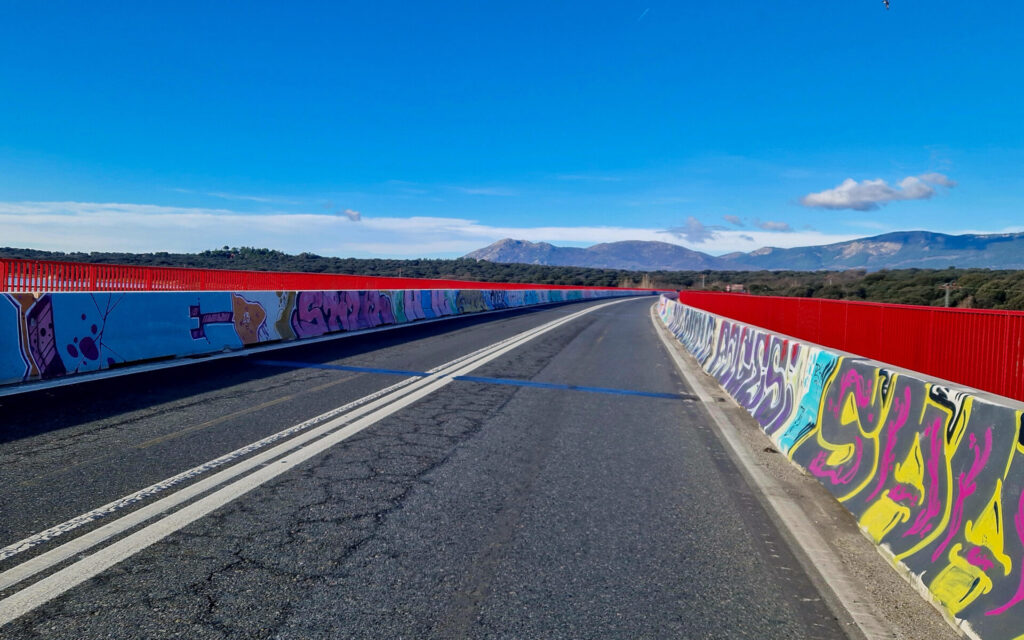
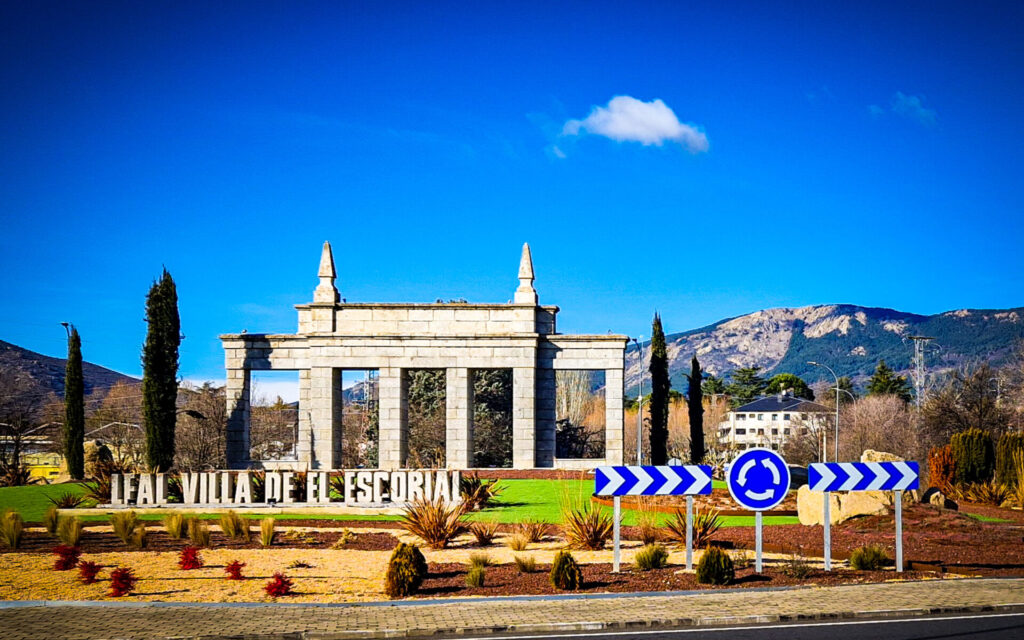
In search of a cortado and some goodies
At the centre, I drink a nice espresso with the family, while a cortado, an espresso with milk, is preferred by my brother-in-law and sister-in-law: The big difference with a cappuccino is the amount of milk. A cortado has a ratio of 1:1 which means 50% of your drink is espresso and 50% is hot milk. With the cappuccino, you pour about 100ml of frothed milk into your 30ml espresso shot. So that's about three times as much milk as a cortado. A delicacy next to that can't be missed, of course, we enjoy a good raspberry tart.
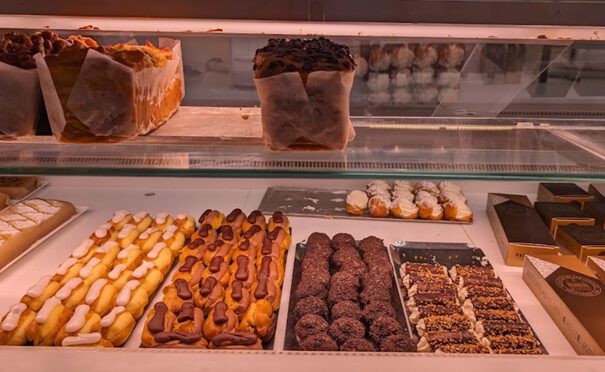
The Escorial (1563-1584) built by order of King Philip II of Spain. It is a palace, an abbey and a royal mausoleum all in one.
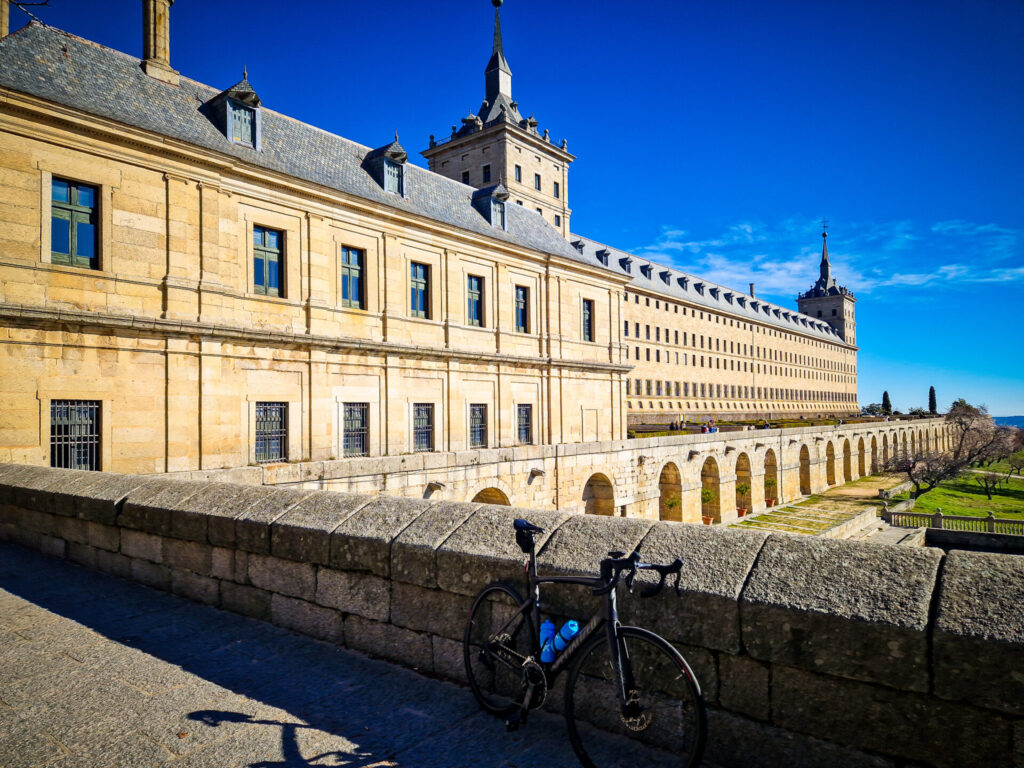
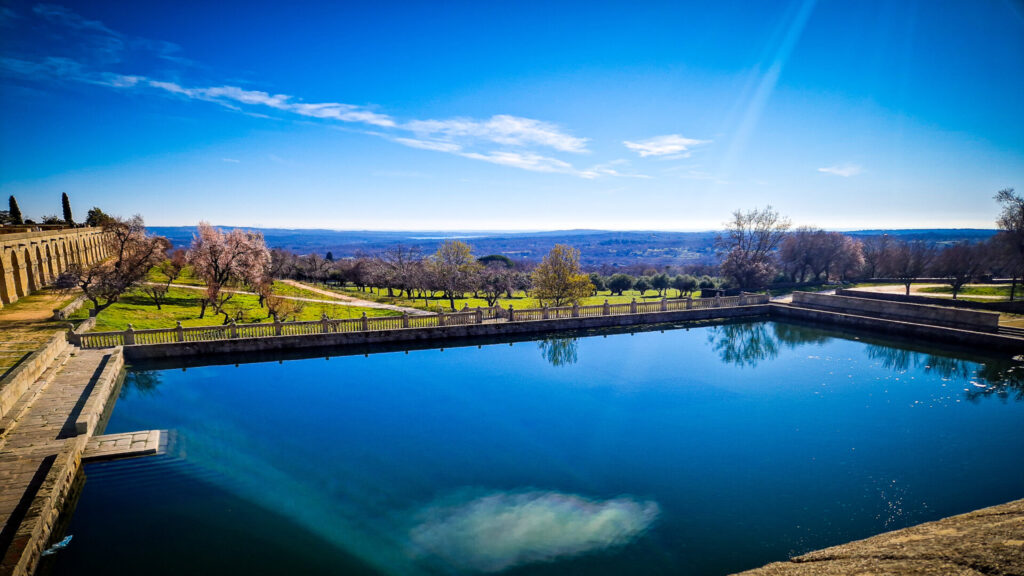
Philip dedicated the complex to San Lorenzo (Laurentius of Rome), after Laurentius Day on which he had defeated the French at the Battle of Saint-Quentin. Philip II had the Escorial built as a final resting place for his father Charles V, also as a place where he could retire and practise prayer for his eternal rest in community of clergy.
In the crypt under the altar are the 26 tombs of Spanish monarchs and their spouses. Also buried there are the infantes (originally the term used for a child under 7 in Spanish).
Robledo de Chavela
After Escorial, it's even more climbing to do, but gradients are not super steep, and at most a few kilometres, so just fine. My Garmin pedals are giving fine power readings, it's going nicely.
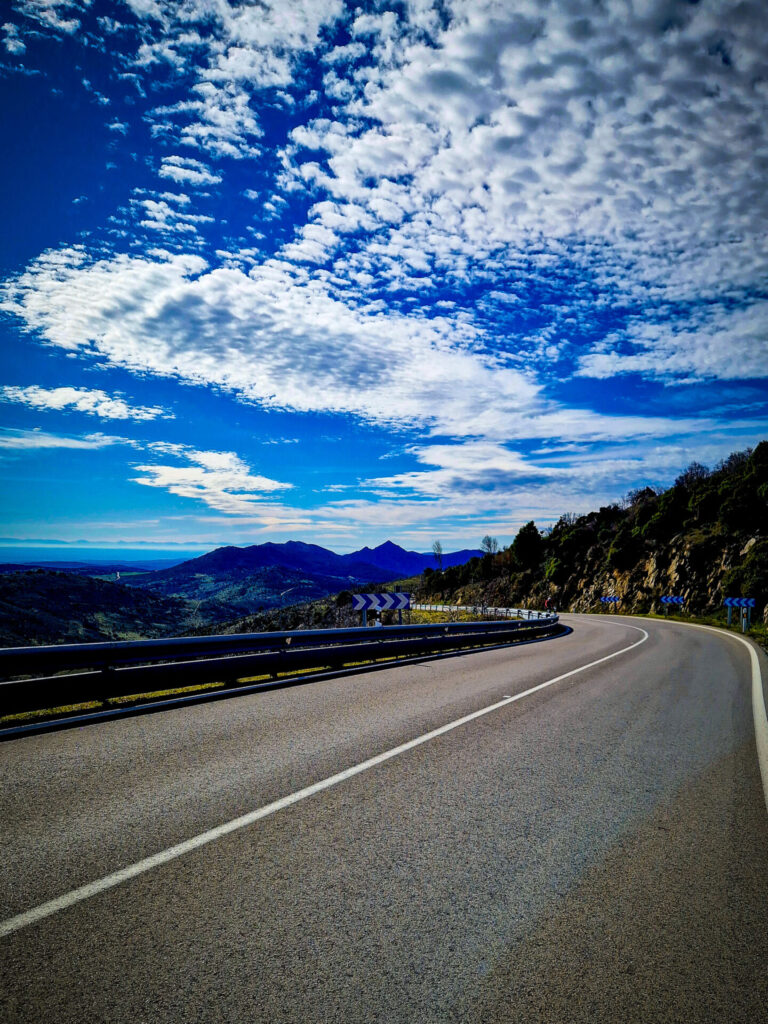
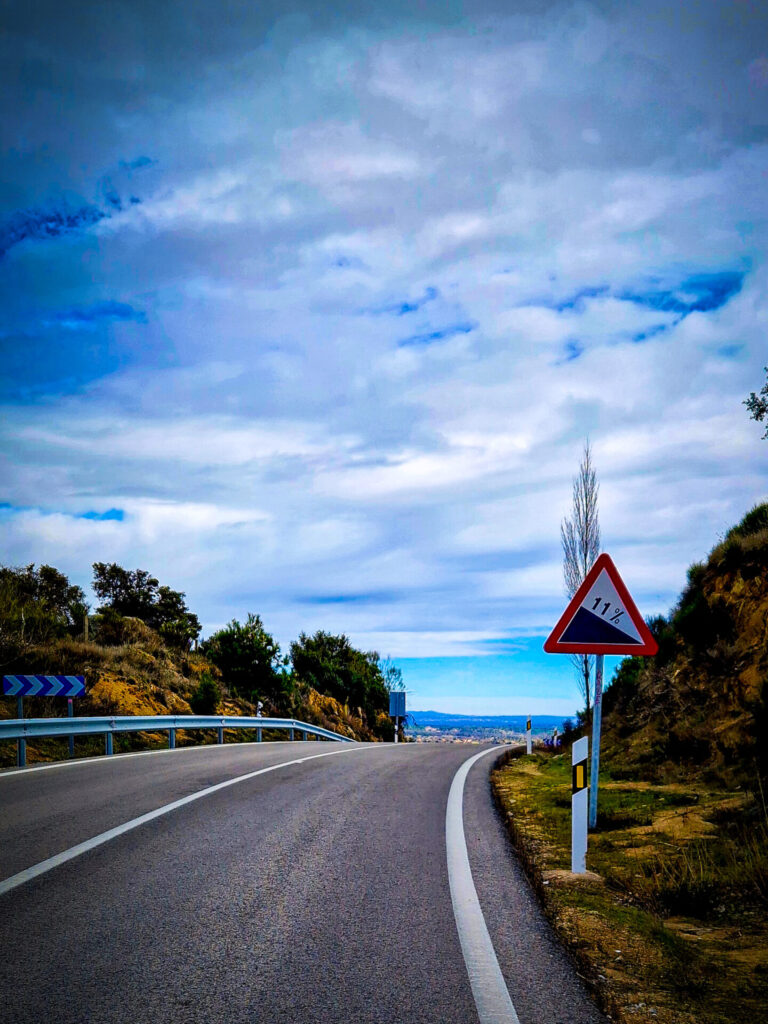

How nice it is to descend on nice tarmac, especially as it is quiet, and therefore there are no cars pressing behind you. During the 5-hour ride, there are occasional mental dips, but the scenery makes up for a lot! Tired but satisfied, I lie on the couch after enjoying myself.
The route around Madrid
Rent a bike
If you are not going to travel Madrid by car or train, you will probably go by plane. Taking your suitcase for a weekend by bike is quite a hassle. Want a nice rental bike? Then grab a bike from Bike Spain Tours. I got a nice Specialized with it. You can self-select here
More about Madrid
Want to read more about Madrid? Then check out the article explorer Dennis Knuist wrote about his experiences. Cycling in Madrid: unknown does not make unloved!

